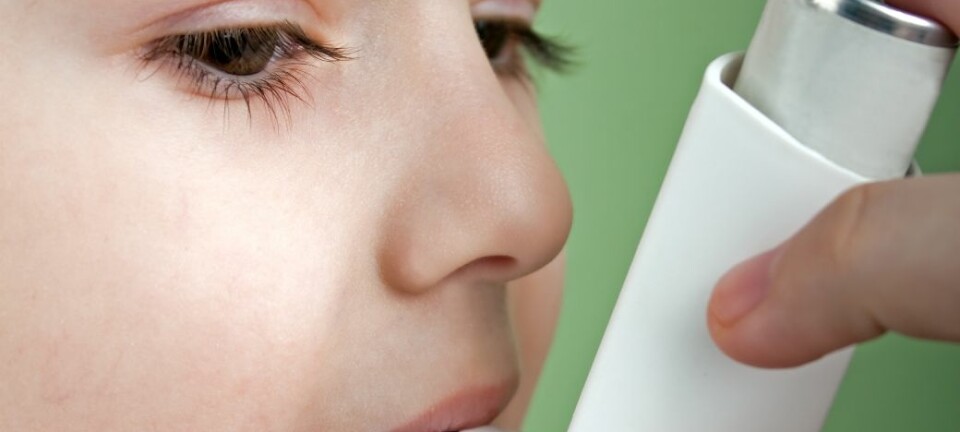
Paracetamol increases asthma risk in children
New study confirms suspicions that paracetamol increases the risk of asthma in children.
Paracetamol has in recent years been suspected of contributing to the development of asthma in children.
This suspicion is now being confirmed in a new study, which has just been published in the Journal of Allergy and Clinical Immunology.
The study, which included 411 Danish children, found that children who were given paracetamol (also known as acetaminophen) in their first year of life are more likely to develop asthma in early childhood.
“We observed a clear link between children who had been given paracetamol and children who develop asthmatic symptoms between the ages of 0 and 3,” says Hans Bisgaard, a professor of paediatrics at Copenhagen University and the head of the the Danish Pediatric Asthma Center at Copenhagen University Hospital.
Our study shows that in the long run there are risks associated with children taking drugs that are intended for adults.
“Our study thus confirms the findings from previous studies, but we have in addition adjusted for the occurrence of non-asthma-related lung infections, which could be the reason why children are given paracetamol in the first place. This strengthens our results. We managed to do this thanks to our data set, which is more extensive than in previous studies.”
Thorough examinations twice a year
In the study, known as COPSAC (see Factbox), researchers have since 2000 followed 411 children of asthmatic mothers.
In this period, the children underwent regular medical examinations and all medical data was carefully documented – including the use of painkillers during pregnancy in the case of the mother, and after birth, in the case of the child.
Moreover, all cases of breathing problems were registered and classified as either asthma-like symptoms or as lung infections, for instance pneumonia or bronchitis.
The children were examined every six months, with five episodes of breathing problems within this six-month period being characterised as asthma.
Paracetamol caused infections of the respiratory tract
From the data they collected, the researchers could deduce that there is a correlation between the use of:
- Paracetamol in the first year of life and the likelihood of developing asthma-like symptoms between the ages of 0 and 3, and
- Paracetamol and infections of the respiratory tract.
Since infections of the respiratory tract can be the reason why the children were given paracetamol in the first place, the researchers adjusted for this factor. Yet there was still a correlation between paracetamol intake and the development of asthma.
Paracetamol only causes ‘temporary’ asthma
However, the scientists did not manage to prove that paracetamol intake in the third trimester of pregnancy had an effect on the development of asthma in the child – a link that previous studies had observed.
They also could not prove that paracetamol intake in the first year of life had an effect on whether a child had an increased risk of asthma at the age of seven.
“It appears that the early asthma development is only a temporary effect,” says Bisgaard.
Further studies rather than new recommendations
Despite the frightening perspectives of the study, the professor believes it is too early to introduce new recommendations in this area:
“I generally don’t like it much when researchers introduce new recommendations based on brand new findings. I think that our study should rather be used to encourage further studies in this field,” he says.
“Of course kids should be given painkillers if, for instance, they suffer from an ear infection. Anything else would just be inhumane. But we’re highlighting the problem that painkillers are developed for adults and that we have not yet fully examined what effect they have on children.
“Here our study shows that in the long run there are risks associated with children taking drugs that are intended for adults.”
-----------------------------------
Read the Danish version of this article at videnskab.dk
Translated by: Dann Vinther









